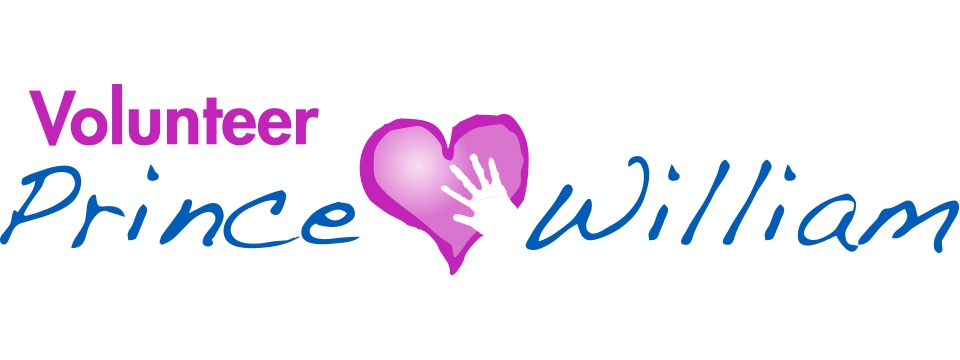

Who We Are
The District is funded by Prince William County Department of Public Works, Stormwater Management Division and the Department of Conservation and Recreation, Division of Soil and Water Conservation.
The District is governed by a five-member Board of Directors: three are elected, one is appointed by a state board and one is a Virginia Cooperative Extension agent. The District staff consists of a District Manager, Office Manager, Conservation Specialist, Conservation Planner, Education and Outreach Specialist, and Water Quality Program Coordinator.
The Board meets monthly at 8033 Ashton Avenue, Manassas,Conference Room B. Meeting schedule may be found on the calendar page. Citizens may have a voice in local natural resources issues by attending these meetings and taking part in District programs.
What We Do
Our Mission
Nonpoint Source Pollution: the down and dirty story
Q: What is nonpoint source pollution?
A: Nonpoint source (NPS) pollution, unlike pollution from industrial and sewage treatment plants, comes from many diffuse sources. NPS pollution is caused by rainfall or snowfall moving over and through the ground. As the runoff moves, it picks up and carries away natural and human-made pollutants, finally depositing them into storm drains, lakes, rivers, wetlands, coastal waters, and even our underground sources of drinking water. These pollutants include:
- Excess fertilizers, herbicides, and insecticides from agriculatural, recreational and residential areas;
- Oil, grease, and toxic chemicals from urban runoff and energy production;
- Sediment from improperly managed construction sites, crop and forest lands, and eroding streambanks;
- Salt from de-icers, irrigation practices;
- Bacteria and nutrients from pet waste, faulty septic systems and livestock
- Atmospheric deposition and hydromodification
Q: What are the effects of these pollutants on our waters?
A: States report that nonpoint source pollution is the leading remaining cause of water quality problems. The effects of nonpoint source pollutants on specific waters vary and may not always be fully assessed. However, we know that these pollutants have harmful effects on drinking water supplies, recreation, fisheries, and wildlife.
Q: What causes nonpoint source pollution?
A: We all play a part. Nonpoint source pollution results from a wide variety of human activities on the land. Each of us contribute to the problem without even realizing it.
Q: What can we do about nonpoint source pollution?
A: We can all work together to reduce and prevent nonpoint source pollution. Each individual can play an important role by practicing conservation and by changing certain everyday habits. Click here for some great ideas to get you started!
Some activities are federal responsibilities, such as ensuring that federal lands are properly managed to reduce soil erosion. Some are state responsibilities, for example, developing legislation to govern mining and logging, and to protect groundwater.
Details
| (571) 379-7514 | |
| (571) 379-8305 | |
| waterquality@pwswcd.org | |
| Veronica Tangiri | |
| Water Quality Coordinator | |
| http://www.pwswcd.org |


